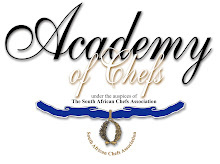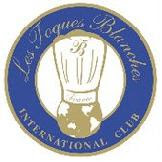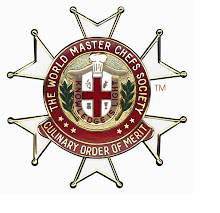125 gm butter, coarsely chopped
2 x 250gm blocks of butter, each thinly sliced lengthways into 10 slices
250 ml Iced acidulated water - add juice of half a lemon to 1 cup of water
Using a food processor, process flour, chopped butter and a pinch of salt until fine crumbs form.
Roll out pastry on a floured surface to 25cm x 60cm, with short edge facing you.
Arrange half the butter slices in a single layer over middle third of pastry, then fold down top third of pastry.
Arrange remaining butter slices over folded pastry, fold up bottom third.
Roll out pastry to 25cm x 60cm with short side facing you, fold down top third, then fold up bottom third.








